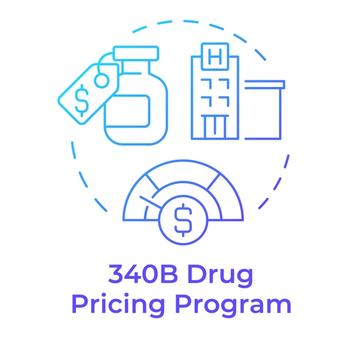
FDA Approves Cuvrior for Rare Disease
Orphalan plans to launch Cuvrior in early 2023. It was approved to treat Wilson’s disease, which results in excess copper in the body.
The FDA has
Wilson disease is a rare, genetic disorder characterize excess copper in the liver, brain and corneas, according to the National Organization for Rare Diseases. If left untreated, it can cause liver disease, central nervous system dysfunction, and death.
“As a physician, I have seen first-hand how Wilson’s disease impacts the lives of patients and, until now, there have been few effective long-term treatment options available,” Professor Michael Schilsky, M.D., director, Center for Excellence for Wilson Disease at Yale University, said in a press release. “For patients in need, Cuvrior represents a well-tolerated and effective alternative to penicillamine, the current standard of care.”
Developed by Orphalan, Cuvrior recently completed a global phase 3 trial, CHELATE, which met its primary efficacy endpoint by demonstrating it was non-inferior to penicillamine. In consultation with the FDA, an assay based on total serum copper protein speciation was used for measuring this primary efficacy endpoint.
The FDA
Newsletter
Get the latest industry news, event updates, and more from Managed healthcare Executive.






















































